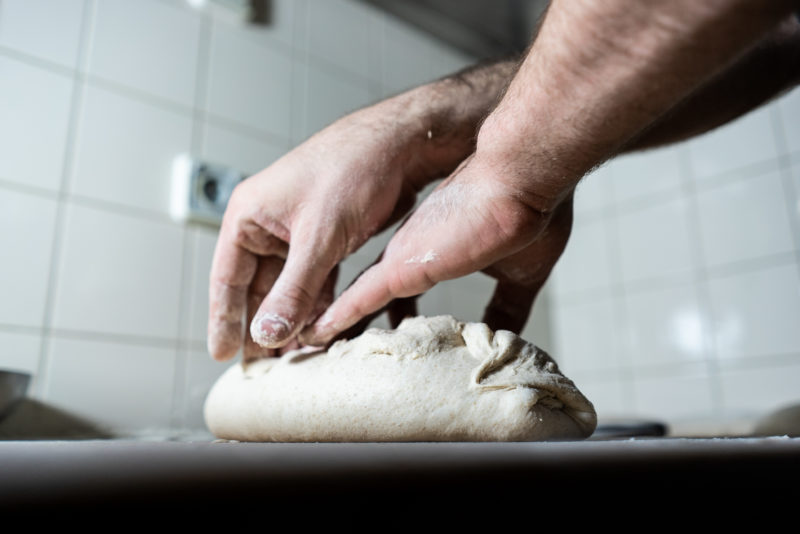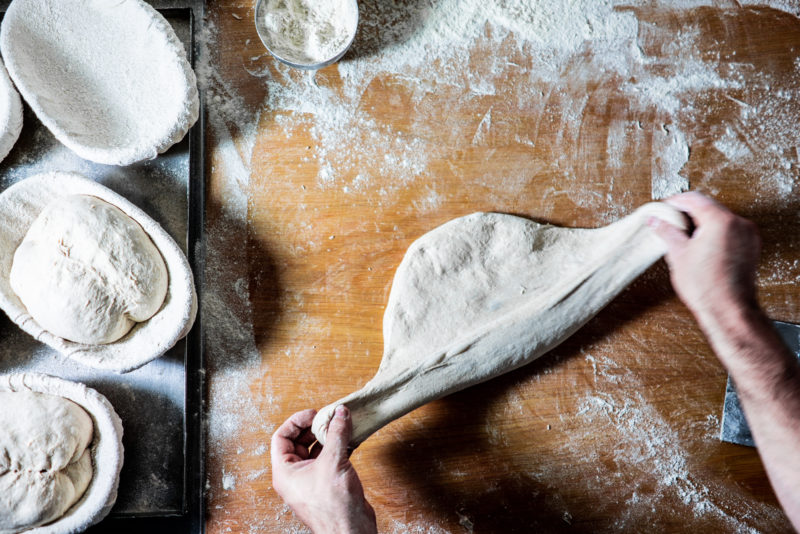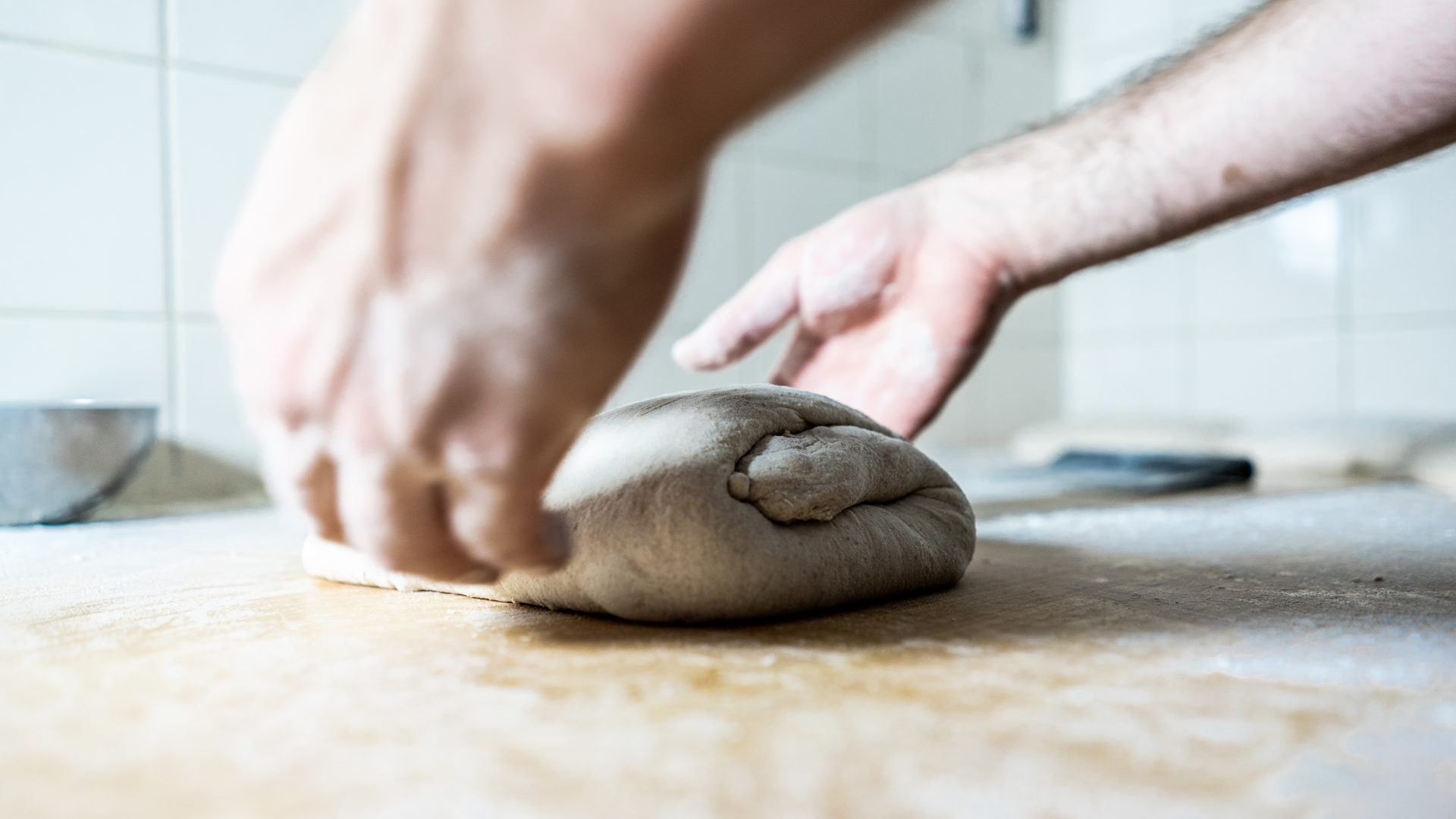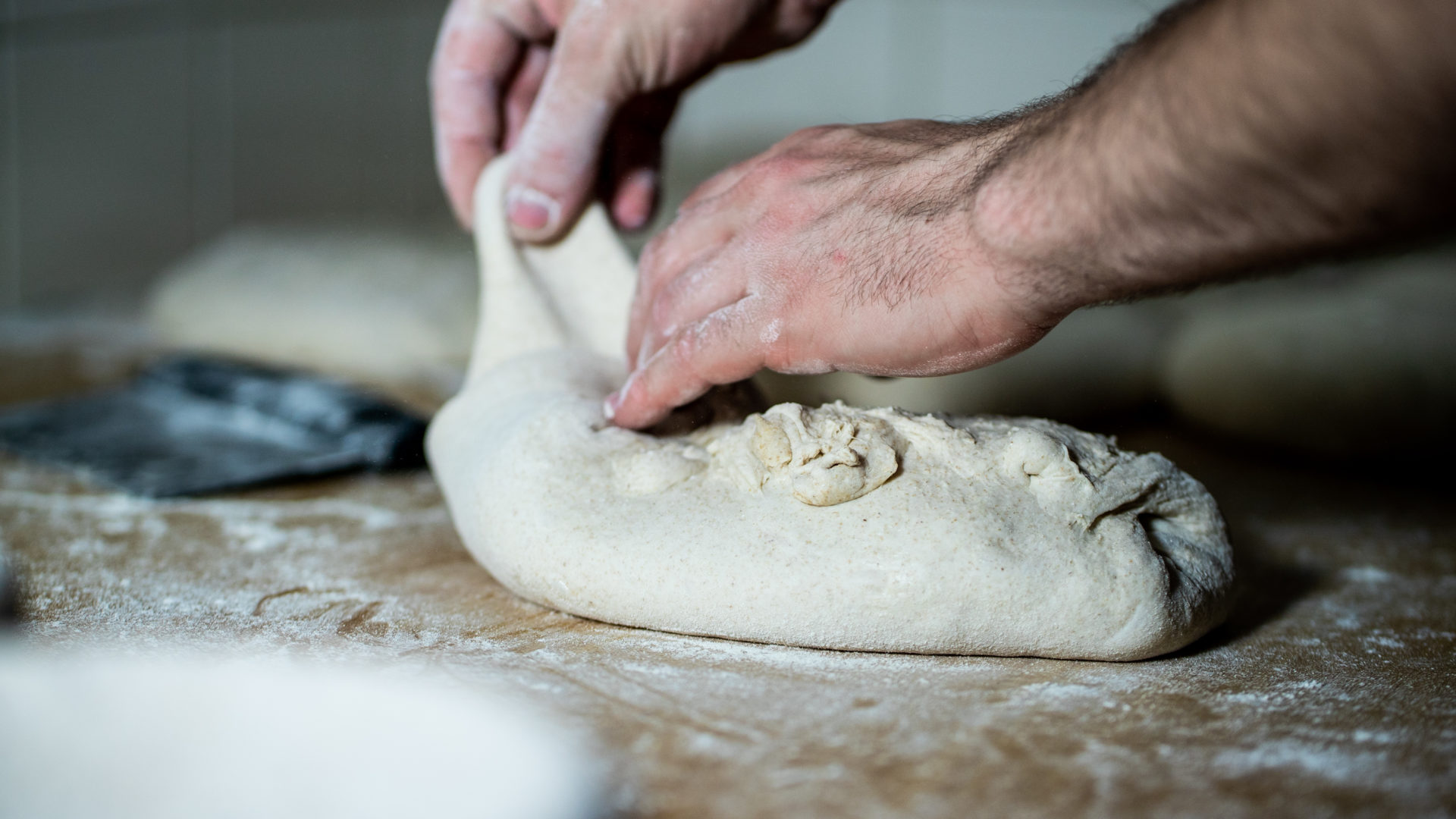Over time, it has evolved and grown alongside us, adjusting to every place it entered, and has conquered a place in our lives. And in our souls. For some, rather than a mere commodity, it has become a sacred food, with great cultural and emotional significance. Currently, bread is almost like a common language we all speak and is something that unites us. It comes in several shapes and colors, with different ingredients and names – such as focaccia, in Italy, naan, in India, bagel, in the United States or the traditional Portuguese Alentejo Bread – and it is impossible to escape and resist this which is one of the most important foods of our history.

“I’ve always loved to eat bread, but I’ve never been curious about it. I spent most of my life satisfied with the bread I bought at the supermarket – that was the only one I knew and I was happy with it. When I went to work for The Clove Club, in London, I tried the bread they made there and I realized that I was eating something different, but I didn’t give it much value at the time.”
It was only when Carlos went to live and work in Alentejo that he discovered bread. The true bread and its history, which remains so alive in that region. Bread is always present at the table, either as the main ingredient of an açorda1 or to be eaten with cheese or a chorizo.
“When I started working at Esporão – which coincided with my move to Alentejo – they were already baking naturally fermented bread. For me, it was like discovering a new world, that has fascinated me every day.”
This fascination generated curiosity to try other breads and to learn more about this food. This almost obsessive quest has brought something critical to the chef’s growth – questions.
“I started to get more and more interested in the process. I read many books, researched a lot and in all my travels I always aimed for trying different breads. When I was in Scotland I covered a great deal of miles just to get to a bakery. I had a lot of questions I needed to answer: what is a good bread? How can our bread become better?”
A humble and simple food we eat every day – there is nothing glamorous in mixing flour and water (or so we thought!) – started gaining another dimension in Carlos’ life. And, slowly, in the life of each one of us as well. New bakeries began to emerge in Lisbon, with Gleba being one of the first ones – and probably the main driver for the boom that followed.
“When Gleba opened it was a major success – it still is. I was struck by the work that Diogo Amorim was developing there and asked him to do an internship with them. I must admit that in only one week I was able to see many of my questions answered. I realized that I was facing something serious, deeper than most people actually realize. It was without a doubt my real awakening to bread.”
This awakening coincided with the time during which the restaurant at Herdade do Esporão was being refurbished, which allowed Carlos to dedicate himself almost exclusively to making bread. After the internship at Gleba, he undertook a week of further training at the Euskalduna Studio, in Porto, and devoted another two months to making bread at home.
“I took the time while the restaurant was closed to continue working and improving the process of baking bread. I was at the Euskalduna Studio to help them with the bread and at home I tried to fine-tune the dough. It was two months of testing many bread recipes and offering bread to family and friends to collect feedback.”
When the restaurant reopened, Carlos became its head chef and shared with Catarina Rocha, responsible for the pastries, the whole process. Together, they took up the challenge of making the best bread in the area. Every day.
“We asked ourselves which path we wanted our bread to follow. We started making it every day, to perfect it and try new techniques, until we got to the point where we are today. We make bread every morning. It is a job that requires care, patience and affection. If we don’t know how to wait, the bread won’t be good. Bread needs time and love. It’s a great challenge to constantly keep the high standard. It’s not like you start making it and after a while you say ‘ok, the bread is ready’. It’s something that’s always under development, because the temperature, the environment and the flours are never the same and these differences can be felt every day during the process.”
Exploring this world, especially the process of fermentation, has made him a better chef. Carlos learned to value time and became more aware of its importance in gastronomy.
“It was an important lesson for everything I do. Bread translates what I believe in. It’s the summary of the philosophy that I follow, which is linked to the time we dedicate to things. It’s something we should all think about. We’ve already taken some steps in this direction, by rethinking our lifestyle, which I believe is related to this new movement around bread in general.”
It is said that brad is in fashion these days. Today we think twice before buying the same bread we always did. But this was not always the case. The fact that we are now rethinking how we cultivate the products and how we consume them is also due to everything we have done wrong in the past.
“In order to respond to rampant demand and consumption after the Industrial Revolution we implemented intensive crops and, in the case of bread, we began to modify seeds. We exploited the fields and took out everything that was alive from the seeds – their nutrients and their amino acids – so they lasted longer. And these are the seeds that are used in most supermarket loaves and flours, which, from a nutritional point of view, don’t give us anything that’s actually beneficial to our bodies.”
We have come to a point where we realized that the path we were following was not only financially unsustainable, but it was also bad for nature and, therefore, for our own health as well. The land has long resented the aggression it has been suffering and this is also inevitably reflected in ourselves.
“The problems that exist today with the consumption of gluten are related to all this. The bread we make here at the Herdade can be eaten by anyone because they’re done with care, with respect for the bread itself and, especially, for our organism. Natural fermentation helps us better digest the bread and results in a low glycemic index, which regulates blood sugar levels. A slower fermentation provides more time for the activation of the enzymes produced by microorganisms, which lower the proteins that transform gluten into amino acids and smaller molecules. On the other hand, bacteria feed on the starch and other sugars in the flour, transforming them into acids and other organic compounds.
More and more people are returning to their origins, returning to sustainable agriculture and, in the case of bread, reusing natural and ancient seeds and abandoning genetically modified cereals. It’s great to realize that we’re not the only ones following this path.”

Process
It is time to add salt and water and start working on the gluten. The more worked the dough is, the more elasticity it will gain to grow. After this process, the dough is removed from the mixer and is left to rest.
Afterwards, the dough is placed in a box oiled with Esporão Extra Virgin Olive Oil, the box is closed and the first fermentation phase starts. This first stage is done at room temperature – if the weather is warm, the fermentation will be quicker, whereas if it is cold, it will be slower. In winter it takes about four to five hours. Every half an hour, the bread is rolled around – this movement gives the dough strength and delays its fermentation. Five hours later, it is removed from the box and placed on the counter for the bread to be calibrated. It is divided in equally sized parts and balls start being made.
It rests for 15 minutes and then the dough is worked until it reaches the desired shape, after which is wrapped in a linen cloth and placed in a wicker basket. That is when the second phase of fermentation begins, during which the dough rests in the fridge until the following morning.
This is followed by the baking phase, and those who do not have a wood-fired oven can follow the same procedure Herdade do Esporão does: the bread is baked using cast iron cocottes, which are an excellent base for it and maintain its inside hydrated, while also originating the desired crisp texture. The bread starts by being baked with the lid on, so it grows and hydration is maintained as well. After growing as much as it can, the lid is removed so a crust can start forming. Once the baking process is finished, the bread still sits in the oven for a while, so it loses some moisture. Afterwards, it can finally be removed from the oven and is left to rest for an hour. When the inside is already firm, it can then be sliced and served.
“When you finish making bread and the smell starts coming out of the oven – this is one of the best sensations and one of the best moments in a kitchen!”

